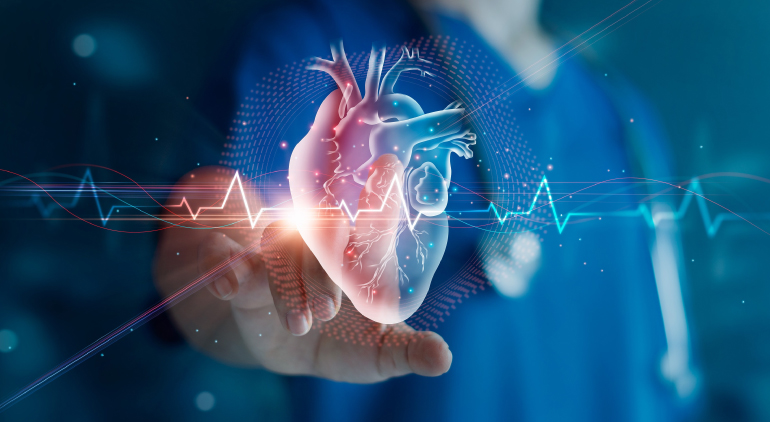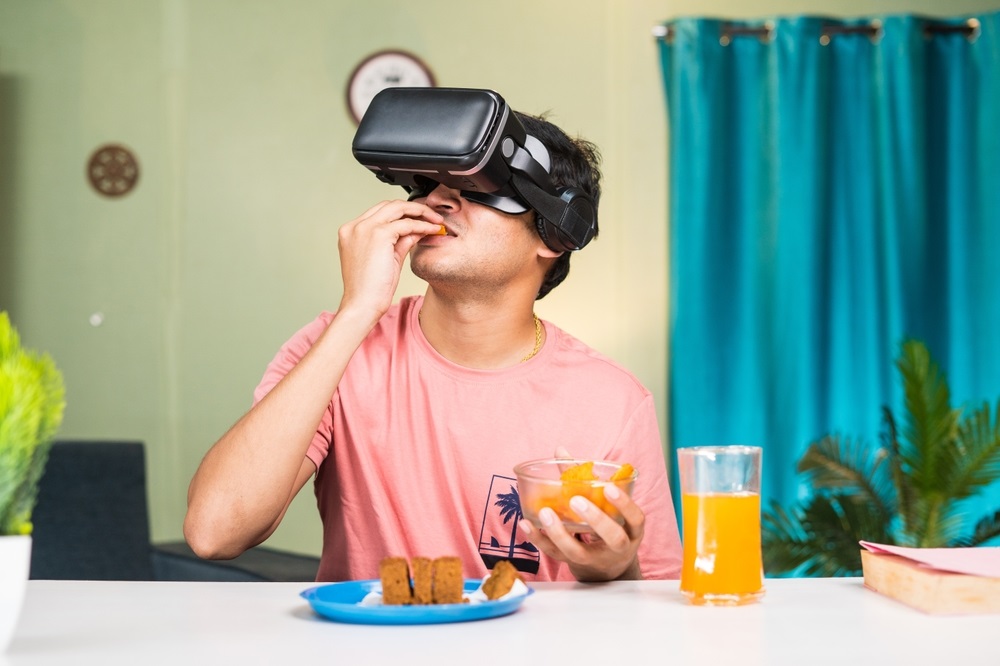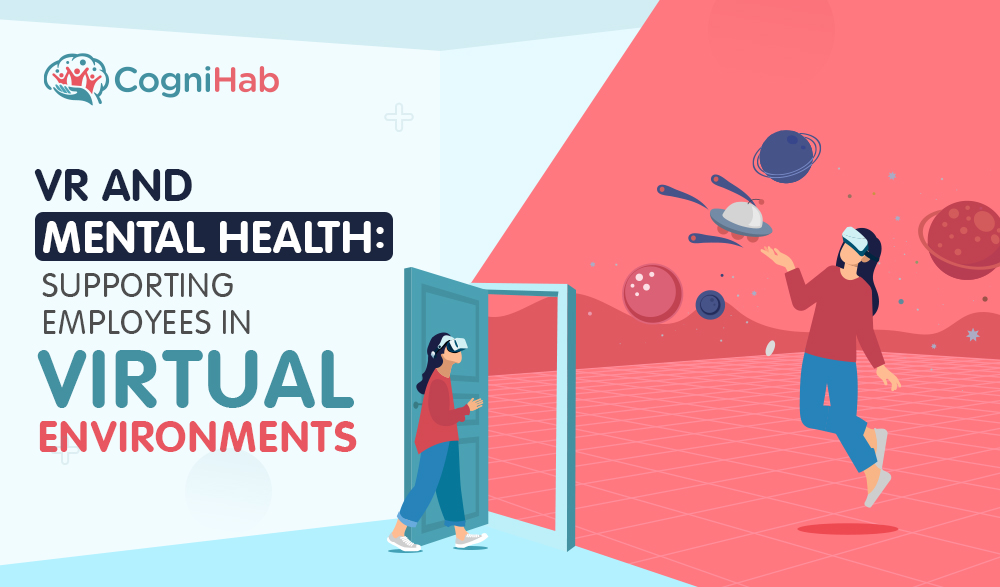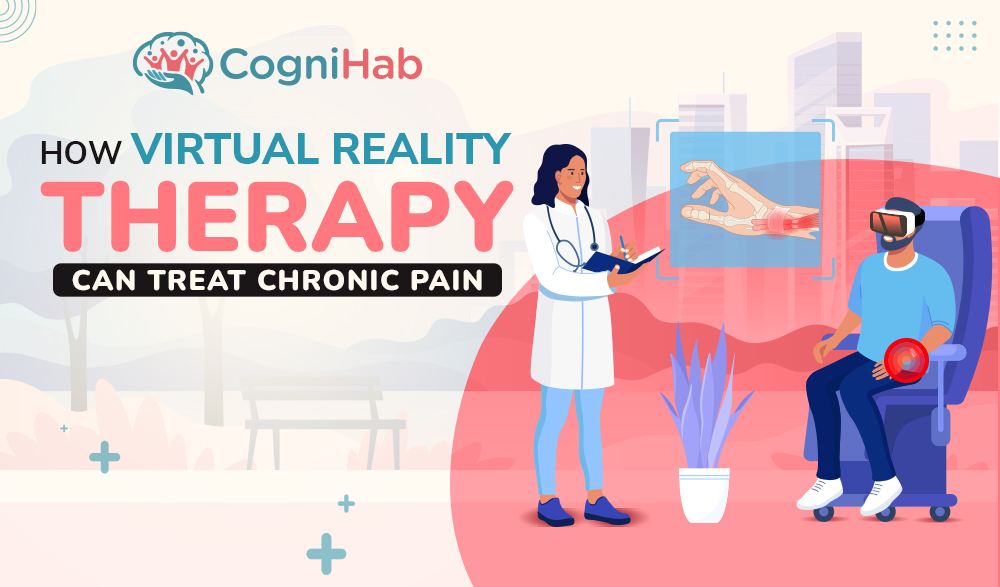Cardiovascular Rehab: a Significant Role of Virtual Reality
Many types of melodious music surround us; however, nothing can replace the rhythm of the heartbeat. A healthy heart can help the body stay alive by pumping oxygenated blood throughout it our body.
According to the CDC website, one person in America dies from cardiovascular disease (CVDs) every 34 seconds. Additionally, according to WHO's report, more than 17.9 million people die each year as a result of CVDs. Source: CDC, who
Better cardiovascular rehab, however, could change the situation. In these situations, VR in cardiovascular therapy proved very successful.
Before knowing the effectiveness of VR in Cardiovascular Rehab, let us get a better understanding of the cardiovascular disease.
Cardiovascular Disease
As everyone knows, the heart circulates oxygenated blood throughout the body while withdrawing blood with low oxygen levels for cleansing. Simply put, cardiovascular disease occurs when the heart and arteries are unable to carry out their functions as intended.
Although healthy people are at risk for CVD, there are some situations where the risk increases. In addition to obesity, other risk factors that raise the likelihood of risk factors include smoking, high blood pressure, cholesterol, a poor diet, and a lack of exercise. Heart attack, stroke, heart failure, problems with the heart valves, aorta disease, coronary artery disease, and rheumatic heart disease are a few of the serious CVDs.
The patient may experience different symptoms ranging from difficulty in body movement to chest pain. The common symptoms of CVDs are chest tightness, chest pressure, and chest discomfort, also known as angina. Some people also experience Shortness of breath and Pain in the neck, jaw, throat, upper belly area, or back. Furthermore, Pain, numbness, weakness, or coldness in the legs or arms could also be experienced result of the narrowing of blood vessels in the body.
If you experience any of the symptoms listed above, you should immediately see a doctor. The doctor or medical practitioner may perform some tests to determine the root cause of your health problem.
Doctors may also recommend electrocardiograms and echocardiograms if they believe they are necessary. These are the most commonly used diagnostic tests for confirming CVDs. Furthermore, some doctors prefer to exercise or stress tests. Exercise testing can reveal the heart's response to physical exertion.
Cardiovascular Rehab
Rehabilitation is an integral part of the recovery process after surgery. It is a customized program that helps patients understand their heart condition and the exercises that must be performed. These programs are designed to assist people in bettering their health and recovering from a heart attack, heart disease, or heart surgery.
Cardiovascular rehab aims to improve your health and quality of life while assisting you in your recovery, preventing your condition from getting worse, reducing your risk of developing new heart problems, and stopping your condition from worsening.
According to research, the risk of dying from heart disease and developing new heart problems can be reduced by participating in cardiac rehabilitation programs. The American Heart Association and American College of Cardiology advise programs for cardiac rehabilitation.
VR in Cardiovascular Rehab
In medicine, virtual reality is being used more and more. The global market, which is anticipated to be worth $459.0 million in 2021, is expected to be worth $628 million in 2022. This will have grown by 38.7% a year by 2029, reaching 6.2 billion.
Virtual reality is frequently used in medical settings. Virtual reality is also used in cardiology for cardiac rehabilitation and treatment planning, with excellent outcomes.
VR and AR applications help healthcare providers and patients in cardiovascular education by supplementing traditional learning methods. Interventionists have used VR to plan complicated procedures successfully, and AR has been used to facilitate complex interventions. Virtual and augmented reality has already been used to treat patients, such as during interventions in rehabilitation programs and in patients who are immobilized in intensive care units.
Types of Cardiovascular Rehab
It is a collection of activities that doctors recommend the following discharge. These programs are divided into the sections listed below.
Exercise is a crucial component of cardiovascular rehab. In addition to being customized to the patient's needs, VR adds a fun element to it. A patient can do it at their convenience as a result. This is carried out in a safe environment with minimal risk. In addition, virtual reality can give patients an immersive environment to understand their current and future conditions.
A patient can understand his condition with ease beforehand. That also helps people comprehend the actions they must take to improve their heart health. The patient and their family will learn a lot from this method. It also relates to the advantages of leading a healthy lifestyle.
Counseling is another vital part of programs for cardiovascular rehabilitation. These counseling sessions assist patients as they make their way through a complicated medical procedure, heal more quickly, and feel better thanks to the VR system. The clinical phase, outpatient cardiac rehab, and post-cardiac rehab are the three phases of cardiac rehabilitation. On these levels, it's critical to use the appropriate VR rehab.
Also Read : VR in cardiology have a virtual reality tour inside the heart
Conclusion
Virtual reality (VR) has applications in cardiology that raise the bar by improving planning, treatment, and surgery. Numerous clinical trials are addressing a range of issues. In the context of cardiovascular disease, it also helps develop sophisticated therapies for better performance before surgery. These VR tools help medical students learn more by providing a computerized simulation of each patient's heart architecture.
VR in cardiovascular therapy may result transformation, whether applied during surgery, in educational settings, or in rehabilitation. Cognihab is working with numerous clinics, hospitals, and medical specialists to offer affordable VR solutions. The current product line from Cognihab consists of a visual treatment suit, an autism rehabilitation suite, and a cerebral palsy rehabilitation suite.







